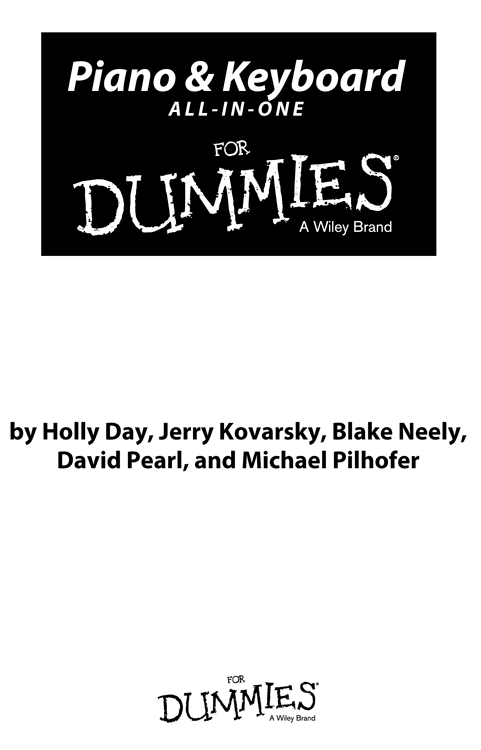
Piano & Keyboard All-In-One For Dummies
Published by:
John Wiley & Sons, Inc.,
111 River Street,
Hoboken, NJ 07030-5774,
www.wiley.com
Copyright 2014 by John Wiley & Sons, Inc., Hoboken, New Jersey
Media and software compilation copyright 2014 by John Wiley & Sons, Inc. All rights reserved.
Published simultaneously in Canada
No part of this publication may be reproduced, stored in a retrieval system or transmitted in any form or by any means, electronic, mechanical, photocopying, recording, scanning or otherwise, except as permitted under Sections 107 or 108 of the 1976 United States Copyright Act, without the prior written permission of the Publisher. Requests to the Publisher for permission should be addressed to the Permissions Department, John Wiley & Sons, Inc., 111 River Street, Hoboken, NJ 07030, (201) 748-6011, fax (201) 748-6008, or online at http://www.wiley.com/go/permissions .
Trademarks: Wiley, For Dummies, the Dummies Man logo, Dummies.com, Making Everything Easier, and related trade dress are trademarks or registered trademarks of John Wiley & Sons, Inc., and may not be used without written permission. All other trademarks are the property of their respective owners. John Wiley & Sons, Inc., is not associated with any product or vendor mentioned in this book.
LIMIT OF LIABILITY/DISCLAIMER OF WARRANTY : WHILE THE PUBLISHER AND AUTHOR HAVE USED THEIR BEST EFFORTS IN PREPARING THIS BOOK, THEY MAKE NO REPRESENTATIONS OR WARRANTIES WITH RESPECT TO THE ACCURACY OR COMPLETENESS OF THE CONTENTS OF THIS BOOK AND SPECIFICALLY DISCLAIM ANY IMPLIED WARRANTIES OF MERCHANTABILITY OR FITNESS FOR A PARTICULAR PURPOSE. NO WARRANTY MAY BE CREATED OR EXTENDED BY SALES REPRESENTATIVES OR WRITTEN SALES MATERIALS. THE ADVISE AND STRATEGIES CONTAINED HEREIN MAY NOT BE SUITABLE FOR YOUR SITUATION. YOU SHOULD CONSULT WITH A PROFESSIONAL WHERE APPROPRIATE. NEITHER THE PUBLISHER NOR THE AUTHOR SHALL BE LIABLE FOR DAMAGES ARISING HEREFROM.
For general information on our other products and services, please contact our Customer Care Department within the U.S. at 877-762-2974, outside the U.S. at 317-572-3993, or fax 317-572-4002. For technical support, please visit www.wiley.com/techsupport .
Wiley publishes in a variety of print and electronic formats and by print-on-demand. Some material included with standard print versions of this book may not be included in e-books or in print-on-demand. If this book refers to media such as a CD or DVD that is not included in the version you purchased, you may download this material at http://booksupport.wiley.com . For more information about Wiley products, visit www.wiley.com .
Library of Congress Control Number: 2013956854
ISBN 978-1-118-83742-9 (pbk); ISBN 978-1-118-83756-6 (ePub); ISBN 978-1-118-83744-3 (ePDF)
Manufactured in the United States of America
10 9 8 7 6 5 4 3 2 1
Chapter 1
Warming Up to the Piano and Keyboard
In This Chapter
 Getting acquainted with the piano and music
Getting acquainted with the piano and music
 Discovering what you may already know about playing piano
Discovering what you may already know about playing piano
 Grasping the basic attributes of a keyboard
Grasping the basic attributes of a keyboard
 Understanding the benefits of reading music
Understanding the benefits of reading music
 Access the audio track at www.dummies.com/go/pianokeyboardaio/
Access the audio track at www.dummies.com/go/pianokeyboardaio/
The piano remains a very popular instrument, with the number of people who love the piano growing and its popularity spreading throughout the world. Even as the piano is treasured for its quality as an instrument, it also adapts itself to the changing times through technological advances.
The first half of this chapter helps you understand what makes the piano so unique and whats involved in learning to play it. You may find out that you know a lot more about music than you thought you did, even if youre a beginner. Beyond the familiar black and white keys, though, keyboards can be wildly different instruments, and looking at the front panels may not give you much of a clue as to whats inside. The second half of this chapter gives you an overview of what keyboards are and just what you can do with them.
Whats So Special About the Piano?
Playing the piano involves the following fundamental musical tasks:
- Playing different pitches and melodies
- Controlling the attack and release of a note
- Playing different dynamics (relative loudness and softness)
But playing the piano is different from playing other instruments in some important respects, and the piano has several attributes that make it an ideal tool for learning and understanding music.
Advantages to playing the piano
The piano occupies a central position in the world of music. Its the gold standard of musical instruments, utilized by composers and arrangers and featured routinely in nearly all musical styles, in chamber groups, rock bands, and jazz trios. (Okay, not marching bands.) The following characteristics make the piano a unique instrument in a great way:
- You can play many different notes at the same time. The fancy word for this is polyphonic.
- Its a complete solo instrument. You can play a complete song or other musical work without additional accompaniment or other help from your musical friends. That makes the piano satisfying and self-sufficient.
- Its the perfect accompaniment. You can accompany a singer, a choir, a dance class, a silent movie, your own opera, or your own soap opera, not to mention any other instrument.
- You can play almost anything on the piano. The piano has an unmatched repertoire of music. You name it, theres piano music for it.
Advantages to learning music at the piano
The piano is an ideal instrument for learning all about music, starting with the design of the keyboard. The notes are laid out before your very eyes in a clear, organized, and orderly way. Understanding and playing musical pitches is quite easy because the keyboard presents a clear visual image for your brain to process the way musical notes go up (higher pitch), down (lower pitch), or stay the same.
Each key on the keyboard produces a single, distinct pitch, and you cant beat that for simplicity. Not much skill is required to make a nice, musical sound. Compared with some other instruments (cello, violin, clarinet, trombone, trumpet, bassoon, oboe, and tuba), playing any key on the keyboard, no matter how high or low the pitch, is as easy as playing any other key.
Another advantage of the piano is that you can play chords and layer sounds. The keyboard makes it easy to play harmonies and immediately hear how a combination of notes sounds.
A skill and an art
After all is said and done, the reason playing piano is so special may be that its an activity that invites your full participation and rewards you just as completely. It has its mental side and its physical side. It requires both creativity and discipline, and engaging your mind and body is deeply satisfying.
As you learn to read music and play the notes on the piano (or keyboard, for that matter), you create information loops from your brain throughout your body. The first loop is from your eyes to your brain, as you take in the notes on the page and process the information. In the second loop, your brain sends signals to your hands and fingers, telling them how and where to move. Your fingers start to develop a sense of what it feels like to move around the keyboard and use different kinds of touch to produce different results from the piano. A third loop is made as your ears hear the sound from the instrument and send information back to your brain for it to process: Did I play the right notes and rhythms? Did I play a note too loudly or softy? Does what I play sound musical, overall? All this information helps you to modify the signals you send throughout your body to improve the results.
Next page
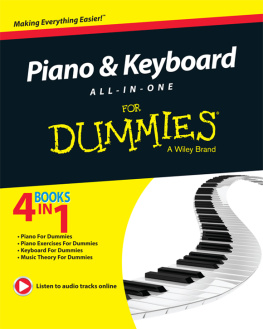

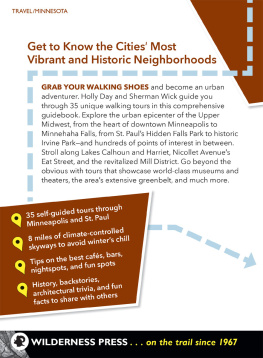

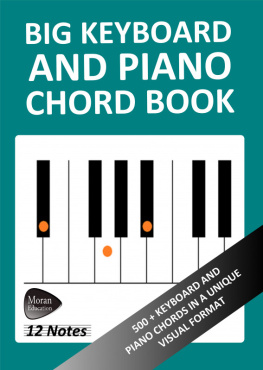
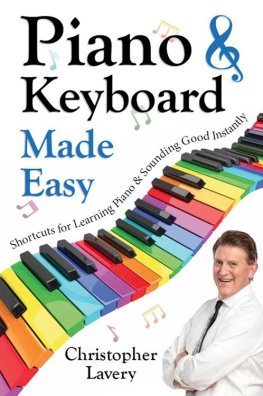
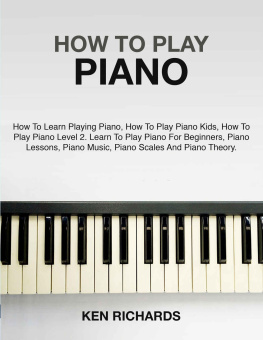
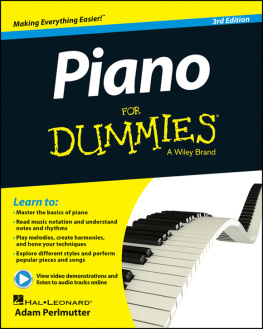

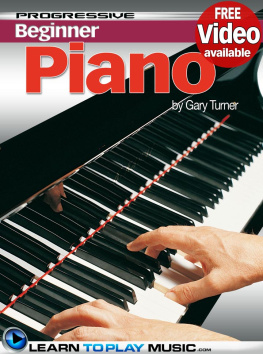
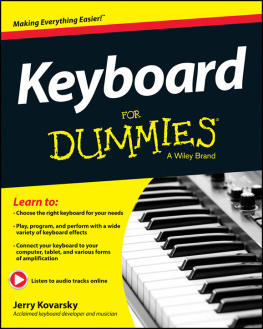

 Getting acquainted with the piano and music
Getting acquainted with the piano and music